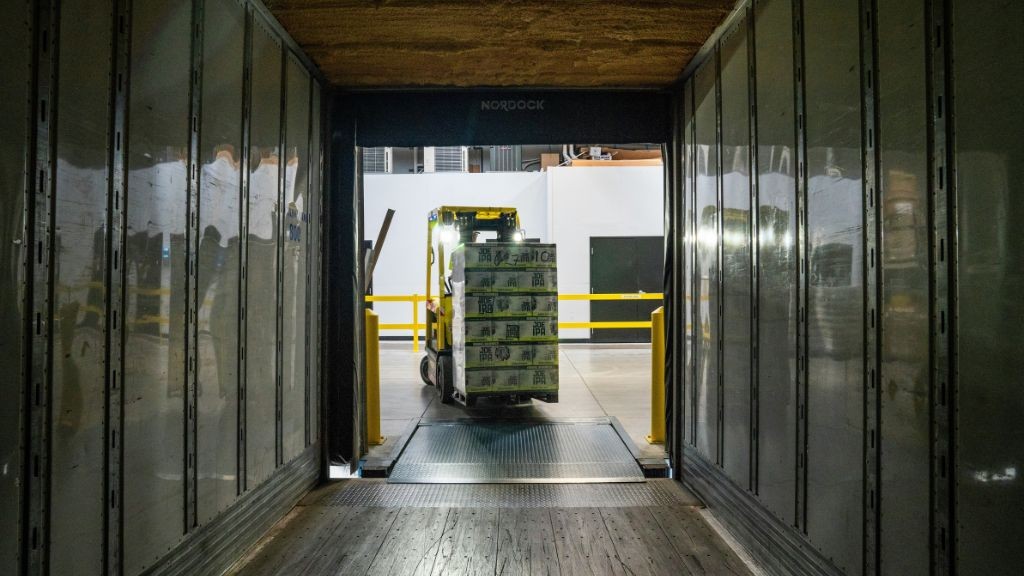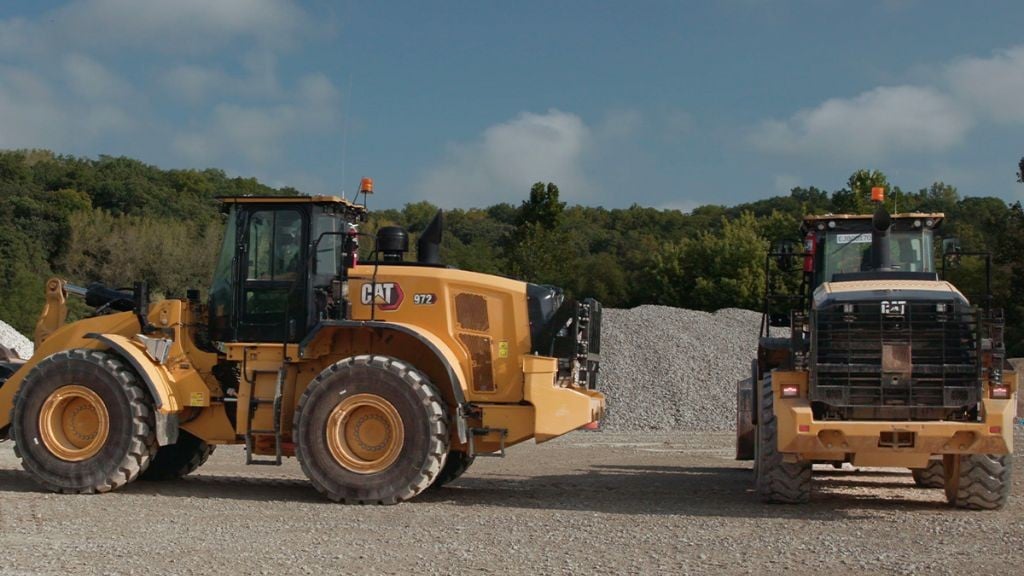5 essential tips for safe forklift operation
Nearly 110,000 forklift-related accidents are recorded each year, resulting in 35,000 serious injuries and dozens of fatalities

Bobcat Company believes that safety is more than a standard — it's a responsibility shared across every job site, warehouse, and operator station. Bobcat has joined the nationwide effort of bringing awareness to forklift safety by highlighting proactive steps that promote productivity while providing education on safe operation.
Honouring National Forklift Safety Day with essential tips
Forklifts play a vital role in keeping work efficient across job sites and distribution centres. However, according to OSHA, nearly 110,000 forklift-related accidents occur each year in the U.S., resulting in approximately 35,000 serious injuries and dozens of fatalities.
In recognition of National Forklift Safety Day, Bobcat shares five key practices to keep forklift safety top of mind:
1. Train and certify every operator
Safety begins with proper education. OSHA mandates that all forklift operators complete a two-phase training process — including classroom instruction and hands-on evaluation. Employers should tailor training to the specific types of forklifts and environments their teams work in, as well as leverage the machine's Operation and Maintenance Manuals for model-specific instructions.
2. Conduct daily inspections and preventive maintenance
OSHA requires that forklifts be inspected at the start of every shift. Daily walkarounds should include checks for leaks, tire wear, fluid levels, and fork condition. Operators should also test brakes, lights, horns, and alarms. If an issue is found, it's important to tag it out of service until it can be repaired. Bobcat recognizes that a well-maintained machine is a component of safe operation, and routine inspections help mitigate potential issues.
3. Be aware of your environment
Whether on a warehouse floor or navigating outdoor terrain, situational awareness is key. Operators must stay alert to pedestrians, floor conditions, ramps, blind spots, and other vehicles. Using alarms, mirrors, and safety lights can help enhance visibility and communication between team members.
4. Understand load capacity and the stability triangle
Among the leading causes of forklift accidents are tip-overs, of which overloading can be a contributing factor. Operators must know how to read the data plate and understand how factors like lift height, load length, and attachments affect capacity.
Ensuring the load's centre of gravity stays within the forklift's Stability Triangle is crucial for safe operation. This triangle is formed by connecting the two front wheels and the pivot point of the rear axle. With a load, the center of gravity of the forklift is towards the center of the triangle. But as you add more weight to the forks or raise the mast with a load, the center of gravity shifts to the front of the triangle. Moving the center of gravity out of the Stability Triangle by adding too much weight or adding weight in the wrong places can cause tipovers.
5. Embrace technology and safety features
Bobcat forklifts are engineered with advanced safety features designed to protect both operators and bystanders. Technologies like the Guardian Stability System (GSS) and Operator Sensing System (OSS) help ensure safe lifting and maneuvering. Additional features — including high-visibility cabs, rear grab bars with horn buttons, and optional blue safety lights — further improve operator and bystander awareness.
"National Forklift Safety Day is a great reminder that safety starts with training, technology, and a culture of accountability," said Andre Marshall, product manager. "At Bobcat, we are committed to equipping our customers and employees with the knowledge and tools they need to operate safely and effectively, every single day."



